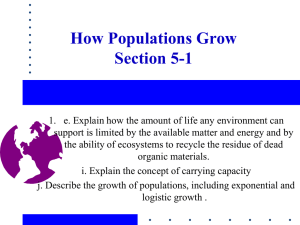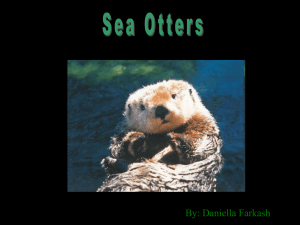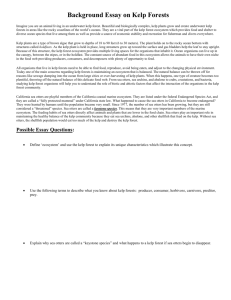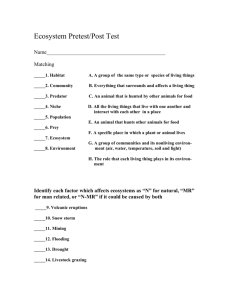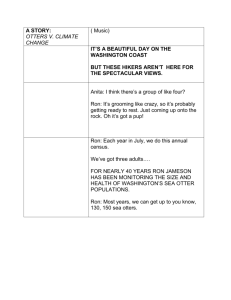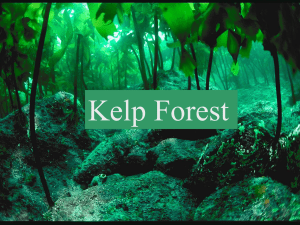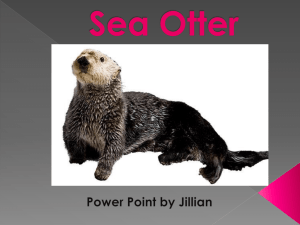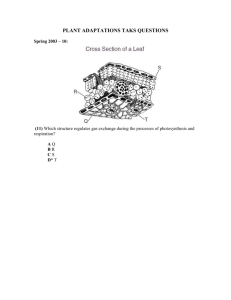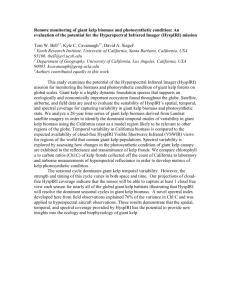What Is an Ecosystem? - Hobbs Municipal Schools
advertisement
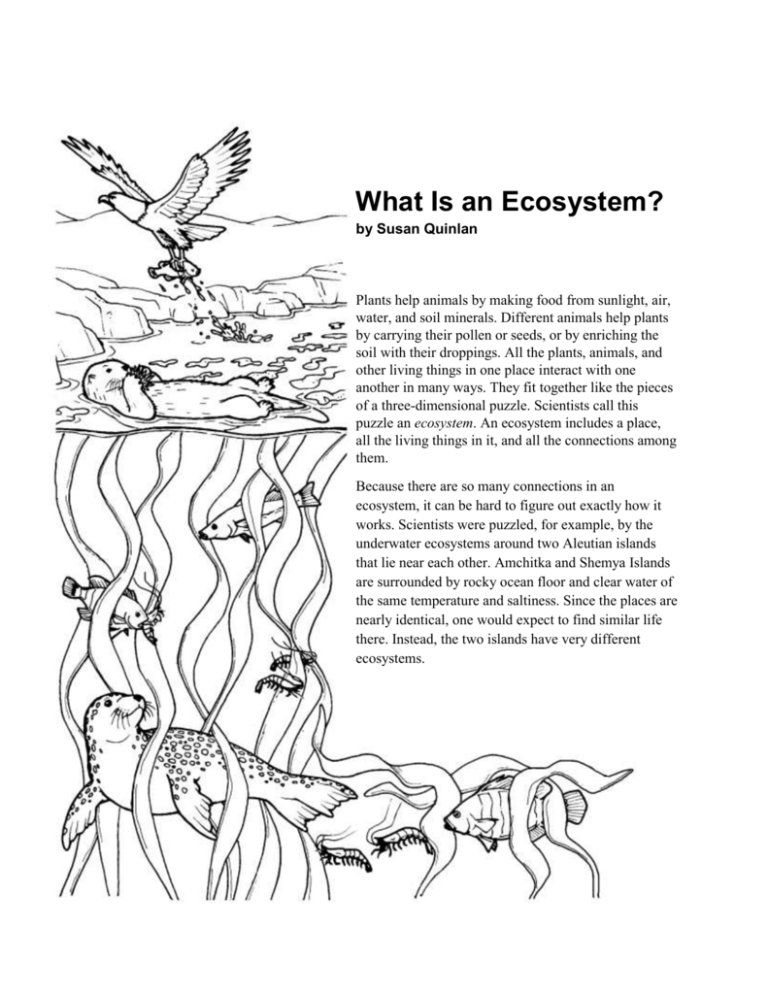
What Is an Ecosystem? by Susan Quinlan Plants help animals by making food from sunlight, air, water, and soil minerals. Different animals help plants by carrying their pollen or seeds, or by enriching the soil with their droppings. All the plants, animals, and other living things in one place interact with one another in many ways. They fit together like the pieces of a three-dimensional puzzle. Scientists call this puzzle an ecosystem. An ecosystem includes a place, all the living things in it, and all the connections among them. Because there are so many connections in an ecosystem, it can be hard to figure out exactly how it works. Scientists were puzzled, for example, by the underwater ecosystems around two Aleutian islands that lie near each other. Amchitka and Shemya Islands are surrounded by rocky ocean floor and clear water of the same temperature and saltiness. Since the places are nearly identical, one would expect to find similar life there. Instead, the two islands have very different ecosystems. The ecosystem around Amchitka Island has dense underwater forests of giant kelp (a plant-like organism that lives in the ocean). It has a large population of shrimp-like animals and fish, thousands of sea otters, bald eagles, and lots of seals. In contrast, Shemya Island has no sea otters, few seals, and no bald eagles. Underwater, there is almost no giant kelp, few shrimp-like animals, and few fish. Instead, the rocky ocean floor is carpeted with bottom-dwelling, hard-shelled animals, such as sea urchins, barnacles, and blue mussels. survived. After decades of protection, they finally returned to Amchitka. But they had not yet reached Shemya when the scientists were there. Why are the ecosystems around these islands so different? The scientists discovered that all the differences arose because Shemya lacked a single animal species—the sea otter. Sea otters disappeared from the islands in the late 1800s when hunters killed them for their thick, soft fur. Fortunately, a few sea otters On Shemya, however, where there are no sea otters, the ocean floor is patrolled by hordes of sea urchins. Sea urchins eat giant kelp. They also gnaw through the anchoring base of the kelp. Without an anchor to the ocean bottom, the kelp soon washes ashore and dies. So giant kelp can’t survive in places like Shemya. The scientists discovered that the sea otters triggered a series of ecosystem changes. These diving mammals eat many different underwater animals, including sea urchins. Any large urchins that venture into nearshore waters where the sea otters dive are quickly eaten. On Amchitka, where sea otters limit sea urchin numbers, a giant kelp forest thrives. A kelp forest slows ocean currents and makes waves smaller, creating pockets of calm water. Shrimp-like animals flourish in this quiet water and feast on dead kelp. In contrast, bottom-dwelling animals, like barnacles and mussels, are smothered by sand and silt that settles to the bottom in calm water. Many kinds of fish feed on shrimp-like animals, so there are more fish in kelp forests. Since harbor seals and eagles eat fish, more of them live around kelp forests, too. An ecosystem isn’t just a collection of plants and animals in a particular place—it’s a system of connections. The invisible connections that link the living and nonliving parts are what keep the ecosystem working. Just as the absence of sea otters dramatically changed the underwater world around Shemya Island, seemingly small changes in any ecosystem can make many surprising things happen. Because nature’s connections are so complicated and because we know so little about them, scientists often can’t predict what will happen when humans change nature. Often we discover nature’s connections only after we break them—or later, when we try to put nature back together through ecosystem restoration.
